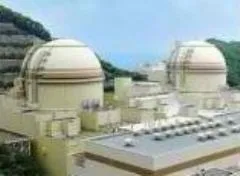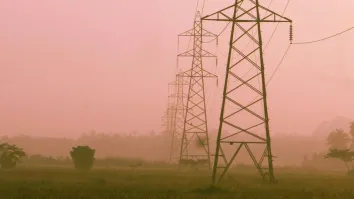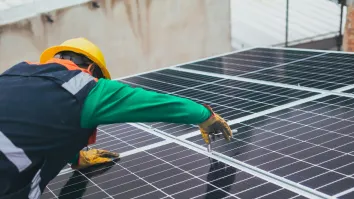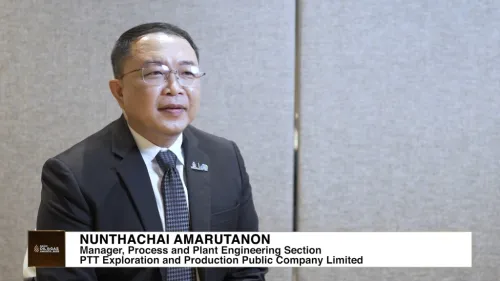
Restart of idled Japanese nuclear reactors crawl along
With practically all its nuclear reactors offline, Japan faces a serious power crisis this summer.
Only three of Japan's 54 reactors are operating 11 months after a magnitude 9 earthquake and tsunami practically demolished the Fukushima Daiichi nuclear power plant in the northeast.
Most of Japan’s reactors are offline for regular maintenance and the remaining three that are operational are to shut-down by April, raising concerns about a power crunch this summer when demand spikes. Japan relies on its nuclear power plants for over a fifth of its electricity.
The stress test slow crawl being experienced by the two reactors run by the Kansai Electric Power Company at its Ohi plant in western Japan only heightens concerns that electric power will be in short supply in the next few months.
The Nuclear and Industrial Safety Agency (NISA), the country’s nuclear watchdog, yesterday approved initial stress tests on the Ohi nuclear reactors. The government sees positive stress test results as essential in its efforts to rebuild public trust in atomic energy after the world's worst nuclear accident in 25 years.
Ohi’s two reactors, however, still need to undergo a second-stage of a broader, comprehensive safety assessment by NISA but the timeframe of that test has yet to be set, leading to fears of a further delay in Ohi’s reopening.
The tests must next be validated by the Nuclear Safety Commission of Japan. Prime Minister Yoshihiko Noda and three other relevant cabinet ministers will then meet to give final approval, but local governments also need to give the nod.
The torturous process is intended to calm lingering public doubts about the safety of nuclear power. Local government agreement is not required by law and indicates Tokyo’s concerns about negative public opinion.



















 Advertise
Advertise








